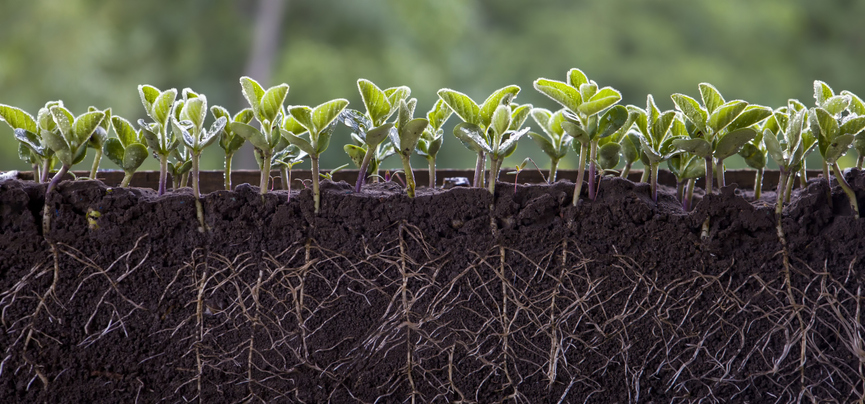Efficient water management is crucial for every farmer, especially when it comes to maximizing crop yield and conserving resources. But one of the most common challenges is understanding how much water is needed to reach the root zone of your crops without over or under-irrigating. This blog will walk you through the factors that determine water penetration and how you can optimize irrigation on your farm.
Understanding the Root Zone
The root zone is the area of soil where the majority of a plant’s roots are found and where water absorption occurs. It typically extends from just below the surface to about 18 inches deep for most crops, though this can vary depending on plant type and soil conditions. Ensuring that water reaches this zone is essential for healthy plant growth and efficient water use.
Factors Affecting Water Penetration
Several factors influence how much water is needed to reach the root zone:
- Soil Type: Sandy soils allow water to percolate quickly but may require more frequent irrigation. Clay soils, on the other hand, retain water longer but can be prone to waterlogging if not managed carefully.
- Soil Moisture Content: The existing moisture in your soil affects how much additional water is required. Dry soil can absorb more water, but over-irrigating can lead to runoff or deep percolation, where water moves past the root zone and becomes unavailable to plants.
- Weather Conditions: Temperature, humidity, and wind all impact how quickly water evaporates from the soil surface. During hot, dry conditions, more water may be needed to ensure adequate moisture reaches the root zone.
- Irrigation Method: The type of irrigation system you use also plays a critical role. Drip irrigation delivers water directly to the root zone with minimal evaporation loss, while sprinkler systems can be less efficient due to wind drift and surface evaporation.
Measuring and Monitoring
Knowing how much water your crops need is one thing; delivering it effectively is another. That’s where technology like AgriLynk comes into play. By leveraging real-time data from soil moisture sensors, AgriLynk enables you to monitor soil conditions and make informed irrigation decisions. With AgriLynk, you can remotely control irrigation valves and adjust water application based on precise soil moisture readings, ensuring that every drop counts.
Optimizing Irrigation for Better Results
To optimize your irrigation strategy:
- Conduct Soil Tests: Regular soil testing helps you understand your soil type and moisture levels as well as your soil health, allowing you to tailor irrigation to your farm’s specific needs.
- Use Technology: Implementing a smart irrigation system like AgriLynk can save water, reduce costs, and improve crop yields by ensuring your irrigation is as efficient as possible.
- Monitor Weather Conditions: Adjust your irrigation schedule based on the weather to avoid over- or under-watering.
By understanding how much water is needed to reach the root zone and using advanced technology to manage irrigation, you can enhance your farm’s productivity and sustainability. With AgriLynk, you’re not just watering your crops—you’re making informed decisions that lead to healthier plants and a more efficient farm.

